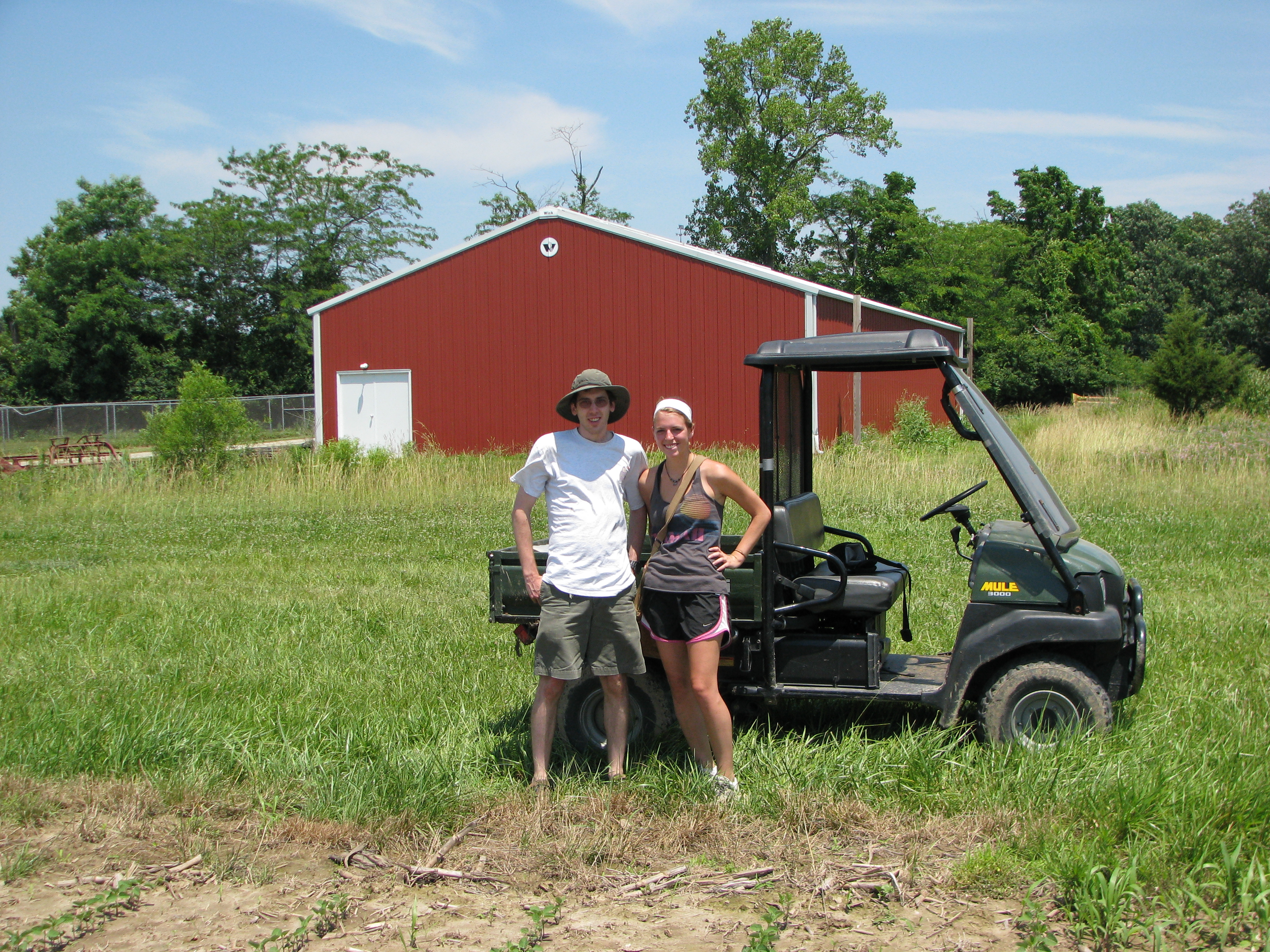Sitvarin & Rypstra (2012) Ethology
This was my first paper as a graduate student at Miami University! My advisor, Ann Rypstra, guided me while I explored how experience with predation risk (from Tigrosa helluo) impacted spiders (Pardosa milvina) throughout life. Although we did not find any effects of exposure to predation risk (silk, feces, and other excreta) on female spiders, males were more likely to survive an encounter with a predator if they had been previously exposed to predation risk. Males are more active and strikingly pigmented than females, which may explain previously documented lower survival rates in the wild. Because males are at a greater risk of predation, it makes sense that their behavior would be more responsive than female behavior to predation risk.
This project was very rewarding, though it was sad to raise all of my spiders from tiny spiderlings to adults, only to end the experiment by feeding them to larger spiders.
Sitvarin & Rypstra (2014) Biology Letters
At some point in my graduate studies, I got interested in the connection between predators and soil properties. It seemed plausible that spiders (Pardosa milvina) could impact the soil indirectly through their prey (collembolans, Sinella curviseta). We tested this and found that spiders could propagate a change carbon dioxide flux and soil nitrogen levels. Most interesting (and surprising!) was that spiders could cause this effect by either eating or just scaring their prey. Spider cues (e.g., silk) had as strong an effect as predation!
Sitvarin & Rypstra (2014) Ecology
This project started to figure out how prey (Pardosa milvina) manage to navigate a world full of predators (Tigrosa helluo, Scarites quadriceps, and Rabidosa rabida). Multiple predators can interact in many ways, possibly changing the combined risk of predation on their shared prey. We used an established framework to predict these combined effects (called emergent multiple predator effects), and confronted the predictions with our data. Expected and observed outcomes matched pretty well, but intraguild predation (i.e., whenever one predator consumed another) lead to deviations from the predictions. Furthermore, species-specific effects highlight the importance of predator identity: predators cannot always be considered interchangeable.
Sitvarin et al. (2015) Environmental Entomology
Miami University's doctoral undergraduate opportunity scholarship (DUOS) program is a great way to foster collaboration and build mentoring skills. Christian and I tried to condition collembolans (Sinella curviseta) to avoid cues deposited by a spider (Pardosa milvina). Though the collembolans did not appear to learn to associate spider cues with risk, they did have a strong response to conspecific necromones (chemicals released when members of their species are killed).
Sitvarin et al. (2015) Journal of Arachnology
The DUOS program provided Kelsey and I the ability to explore how predator cues affect the trajectory of their prey's life. Prey (Pardosa milvina) exposed to cues from two predators (Tigrosa helluo and Scarites quadriceps) showed sex-specific differences in lifespan. While short-lived males were unaffected by exposure to predator cues, females exhibited an intriguing plasticity. Those exposed to cues from Tigrosa had shorter lifespans than those exposed to cues from Scarites. The opposite effects of these predators is likely tied to their predatory behavior and interactions.
Youngquist & Sitvarin (2015) Ethology
Melissa Youngquist and I were graduate students together, though we worked on very different questions. When she noticed the frogs she was studying were disappearing from enclosures that also had some large spiders, she asked me if I thought the spiders might be eating the frogs. It seemed plausible, and there were some published reports, so we ran an experiment. We found that frog size and jumping frequency determined predatory outcomes. Also, spiders will definitely eat frogs and make short work of them!
Sitvarin et al. (2016) Behaviour
We know that spiders respond to predation risk in the form of chemotactile cues (silk, feces, and other excreta), but what about another way predators inadvertently signal their presence to prey: vibrations? In collaboration with George Uetz and Shira Gordon, I tested how Pardosa milvina responded to a suite of recorded vibrations. Based on the spider's activity level, it seems all but the most dangerous vibrations are ignored. However, when sensing vibrations from either Tigrosa helluo or Scarites quadriceps that are aware of their prey, Pardosa reduces activity levels, which may improve survival.
Hoffman et al. (2016) Oecologia
Catherine Hoffman had a crazy idea that nobody thought would pan out. The basic question was whether spiders (Pardosa milvina) could recognize their family and neighbors. It seemed unlikely for a solitary, occasionally cannibalistic creature, but the experiments were run nonetheless. As it turns out, Pardosa are quite capable of distinguishing siblings from non-siblings and neighbors (spiders they are familiar with) from strangers. When siblings are around, the spiders leave more food behind, potentially helping their brothers and sisters. The opposite is true when familiar spiders are present, suggesting strong competition for food between spiders.
Linz et al. (2016) Scientific Reports
Partnering up with the evo-devo folks in Yoshi Tomoyasu's research group lead to an interesting study on the function of beetle elytra. Surprisingly few people have explored the benefits of these hardened wing structures, possibly because their benefits always seemed obvious enough. Carrying around a shield of sorts should offer protection, right? Right! A suite of experiments showed that elytra reduce damage from substrates, increase tolerance to cold and dry conditions, and increase the odds of surviving an encounter with a predator. If you haven't guessed already, I mostly helped with the predation part of the project. My good friend Pardosa milvina prefers to capture beetles without elytra, due to some combination of their hard structure and distastefulness.
Pictures







